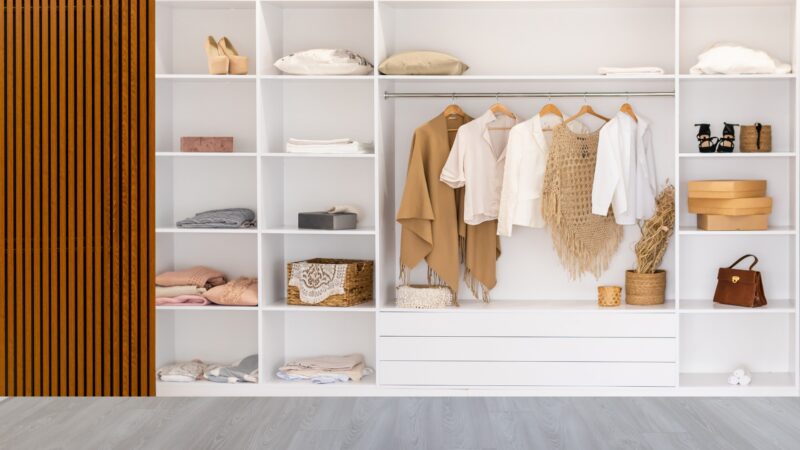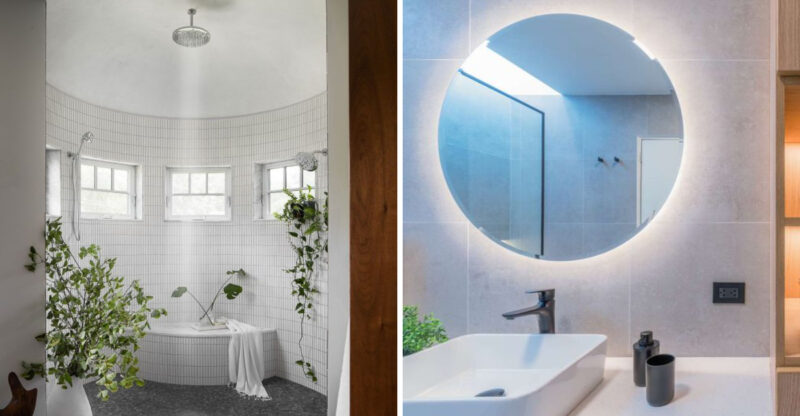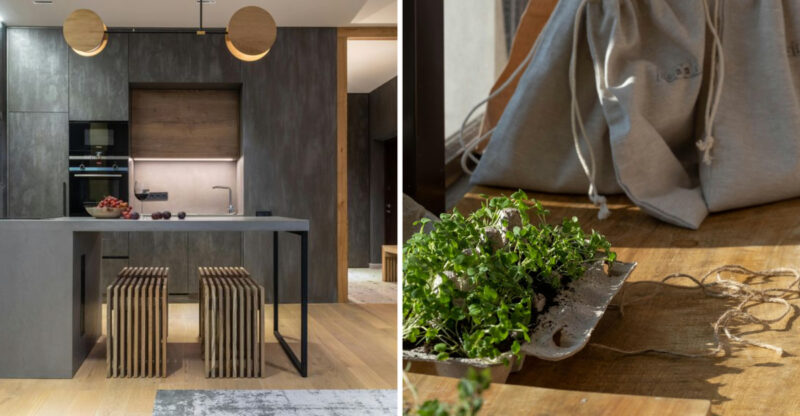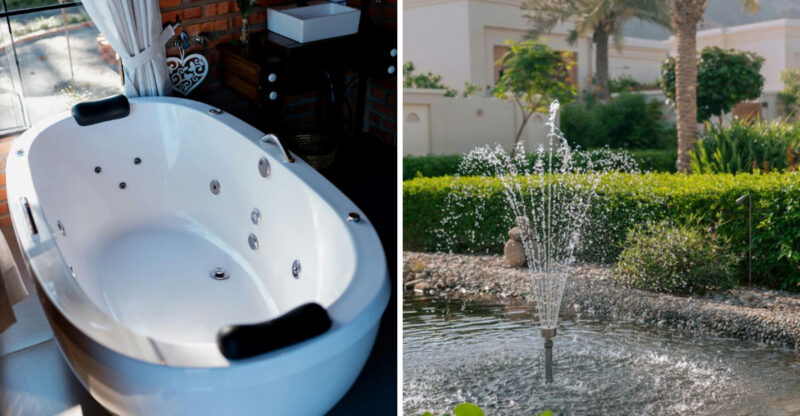12 Home Improvements That Can Actually Decrease Your Property Value
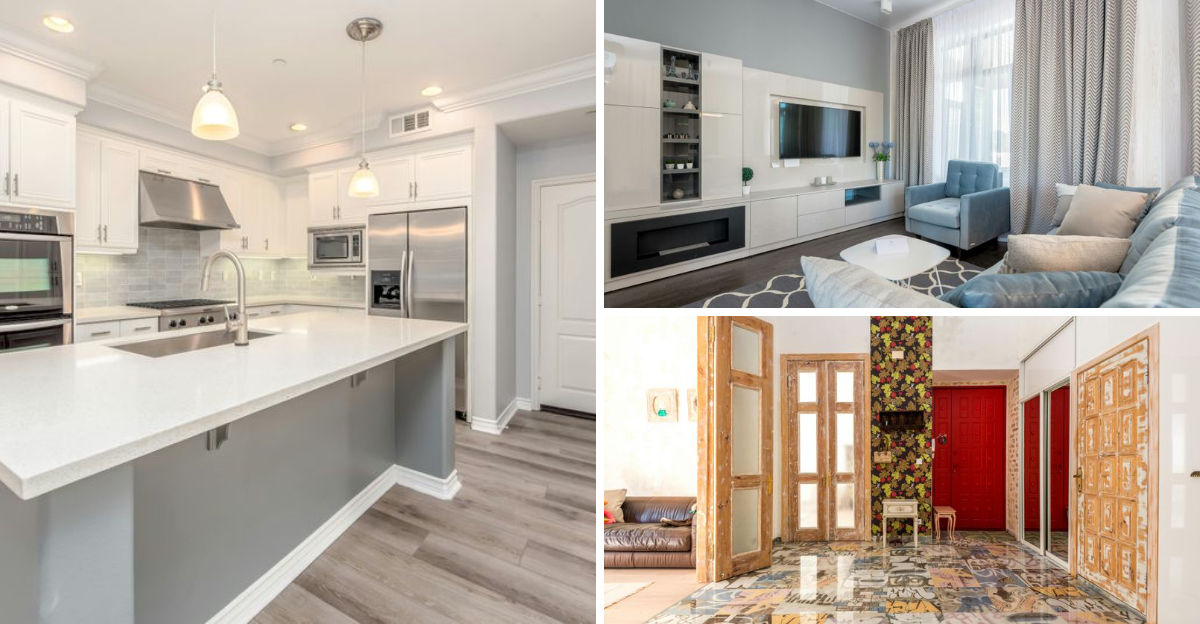
Thinking about upgrading your home with a big renovation or trendy feature? While many improvements can add comfort and style, not all of them increase your home’s resale value.
In fact, some projects might actually turn buyers away or reduce your return on investment. In this article, we’ll cover common home improvements that can unintentionally decrease your property’s value. Real estate markets vary, so impacts on value can differ based on location, buyer demand, and current trends.
1. Overbuilt Additions That Don’t Match The Neighborhood
Adding a luxury pool to your backyard might seem like the ultimate upgrade, especially during hot summers. But if your home is in a modest neighborhood, that high-end feature can quickly become an over-improvement.
Buyers typically look for properties that align with the surrounding area, and a $70,000 custom pool in a neighborhood of $200,000 homes might not make financial sense. In real estate terms, you’ve invested in a feature you’re unlikely to recoup at resale, no matter how impressive it looks.
2. Excessive Landscaping That Requires Professional Maintenance
Though a beautiful garden can enhance curb appeal, going overboard with elaborate water features and exotic plants sends potential buyers running. High-maintenance landscaping screams ‘expensive upkeep’ to anyone considering your property.
Most house hunters want manageable outdoor spaces, not second jobs as gardeners. Water features particularly worry buyers due to maintenance costs and potential problems.
Even that koi pond you adore might make someone else see nothing but weekend work and repair bills.
3. Themed Rooms That Scream Personal Taste
If your bedroom resembles an Egyptian tomb or your bathroom mimics an underwater paradise, you might have gone too far. Highly personalized decor forces buyers to immediately calculate renovation costs rather than seeing potential.
Remember that Vegas-inspired casino room that seemed so fun? To buyers, it’s just another project to tackle before moving in.
While your Star Wars theater might impress fellow fans, most people just want neutral spaces they can envision making their own.
4. Amateur DIY Projects Gone Wrong
Where there’s a will and YouTube, there’s often a way, but not always a good one. DIY projects completed without proper skills or permits can seriously damage your home’s value. Home inspectors spot these issues immediately, raising red flags for potential buyers.
Uneven tile work, electrical wiring that doesn’t meet code, or that load-bearing wall you removed without consultation can all lead to costly fixes. Professional buyers often estimate repair costs at 2-3 times the actual value just to account for hidden problems underneath those questionable renovations.
5. Converting Bedrooms Into Single-Purpose Spaces
Transforming that spare bedroom into a walk-in closet might seem luxurious, but it’s actually reducing your home’s functional space. Bedroom count significantly impacts property value, it’s one of the first filters buyers use when house hunting.
A four-bedroom home simply commands more money than a three-bedroom with a fancy closet. The same applies to home offices, craft rooms, or media spaces that eliminate sleeping quarters.
Potential buyers can’t easily envision converting these specialized rooms back, so they’ll likely just move on to the next listing.
6. Unusual Fixtures That Only Appeal To Niche Buyers
Installing that industrial-grade pizza oven or built-in karaoke system might bring you joy, but future buyers might just see dollar signs, for removal costs. Unconventional fixtures limit your buyer pool to only those who share your specific interests.
Specialized installations like indoor rock climbing walls, dance floors with built-in lighting, or commercial-grade appliances in modest homes rarely return their investment.
The narrower your potential buyer demographic becomes, the longer your house will sit on the market, potentially forcing price reductions.
7. Bold Paint Colors That Polarize Opinions
Though slapping on a fresh coat of paint seems harmless, choosing dramatic colors can actually devalue your property. Radiant purples, neon greens, or stark blacks might express your personality, but immediately signal ‘repaint needed’ to potential buyers.
Even if painting seems like a simple fix, buyers often overestimate costs for covering dark or unusual colors. Real estate professionals report that homes with neutral color schemes sell faster and for higher prices.
Your electric blue bathroom might bring you joy, but it might cost you thousands at selling time.
8. Garage Conversions That Eliminate Parking
Converting your garage into an extra room might seem like gaining square footage, but you’re actually losing a highly valued feature. Garages rank among the top amenities buyers look for, especially in areas with harsh weather or limited street parking.
Without proper permits, these conversions can even make your home harder to finance. Many neighborhoods have restrictions about on-street parking, making a garage essential.
Professional appraisers typically value garage space at $10,000-$25,000, meaning your conversion could actually subtract that amount from your home’s value.
9. Luxurious Home Gyms In Modest Areas
Imagine turning a spare room into a high-end gym. It sounds exciting, but consider the neighborhood. In areas where fitness centers are affordable and popular, a home gym may not add value. Instead, potential buyers might see it as a waste of space, preferring a more versatile room.
Buyers might not want the hassle of removing gym equipment or converting the room back to its original purpose. Additionally, the cost of maintaining such a facility could be off-putting, especially if it includes specialized flooring, built-in equipment, or added ventilation systems.
What you see as a personal luxury, buyers may view as an unnecessary expense or an awkward use of space. When it comes time to sell, that sleek home gym could actually narrow your pool of interested buyers, making it harder to close the deal or forcing you to lower your asking price.
10. High-End Technology That Quickly Becomes Outdated
Installing cutting-edge home automation systems might seem futuristic, but technology evolves faster than real estate markets. That $50,000 smart home system you installed five years ago is likely obsolete by today’s standards.
Built-in entertainment systems, custom wiring for specific technologies, and proprietary automation setups often look dated within just a few years. Worse, complicated systems can frustrate potential buyers who don’t want to learn complex interfaces.
Simple, upgradable systems add value, while permanent installations of soon-to-be-outdated tech subtract from it.
11. Kitchen Remodels With Trendy But Impractical Features
That all-white kitchen with marble countertops might look stunning on Instagram but could actually reduce your home’s appeal. Highly stylized kitchens focusing on form over function often age poorly and create maintenance headaches.
Open shelving instead of cabinets leaves nowhere to hide clutter. Farmhouse sinks look charming but chip easily.
Industrial-style fixtures might seem cool now, but will date your kitchen within a few years. Buyers consistently prefer kitchens with timeless designs, ample storage, and durable materials over whatever happens to be trending on social media.
12. Elaborate Garden Features
A beautiful garden enhances a home, but overly complex features can become burdensome. Imagine a backyard dominated by a large pond or intricate landscaping. For many buyers, maintenance becomes a concern.
Elaborate garden features often require specialized care, leading to ongoing costs and effort. Buyers might shy away from such properties, preferring simpler, low-maintenance gardens.
Striking a balance with manageable and aesthetic greenery is often more appealing. Buyers appreciate the option to personalize outdoor spaces without feeling overwhelmed.

